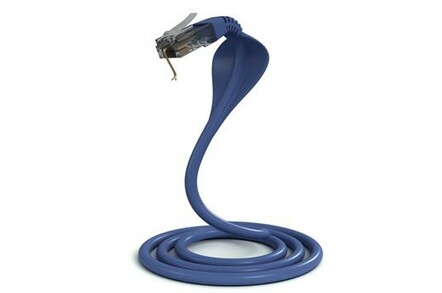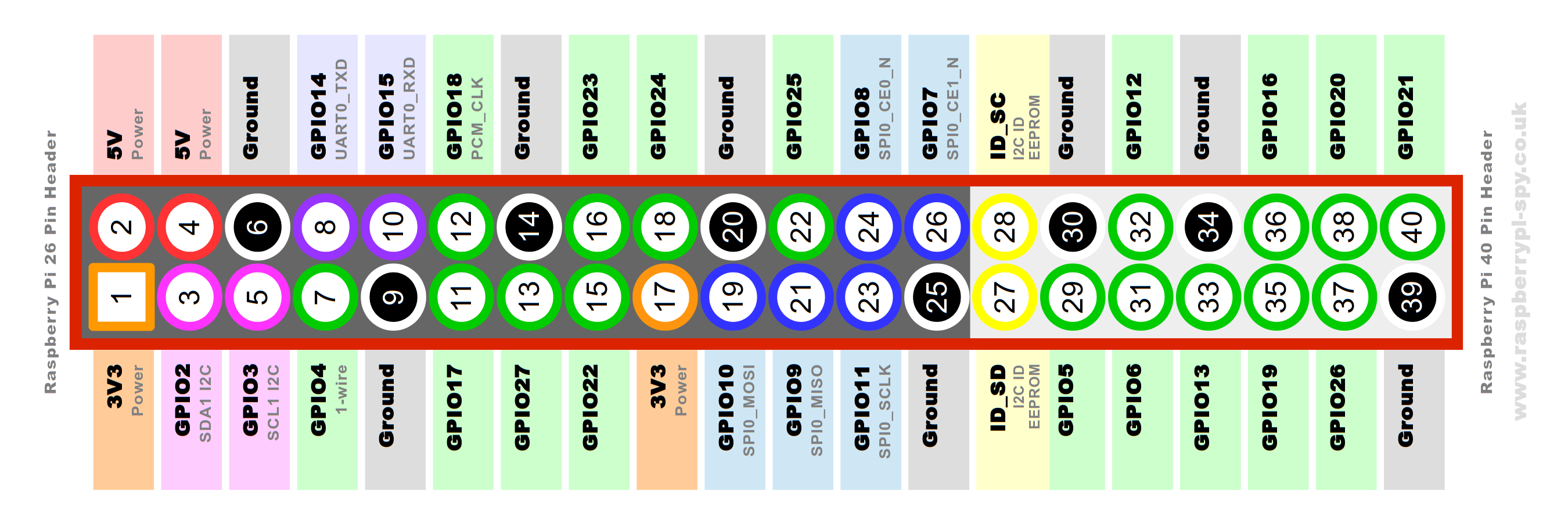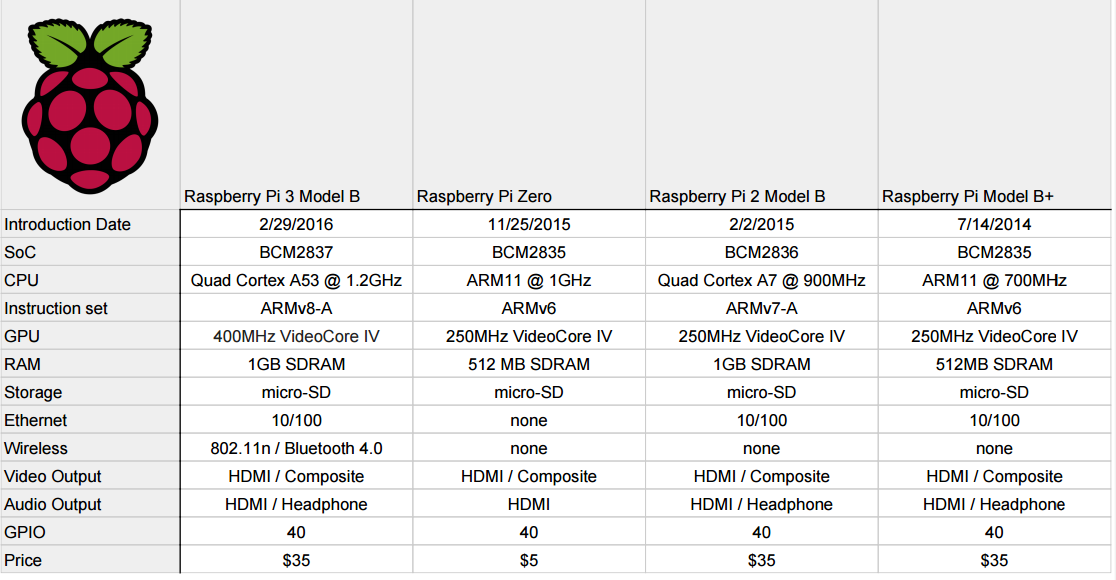Abstract:
The Internet had been an open agreement between various peers, where one organization chooses to allow access from another peer organization if they both provide similar traffic patterns. Mutual organizational agreement with unfettered freedom in the United States had created the most aggressively growing and robust redundant network the world has ever known. Freedom in the United States had changed with the former Presidential appointees producing some 400 pages of regulation on behalf of political donors... and the search for freedom is happening again.
What is The Internet?
The world-wide community of volunteers created the Internet Engineering Task Force (
IETF) to perform the
care-taking aspects of The Internet. The Internet's stewards define The Internet as:
The Internet: A large, heterogeneous collection of interconnected
systems that can be used for communication of many different types
between any interested parties connected to it. The term includes
both the "core Internet" (ISP networks) and "edge Internet"
(corporate and private networks, often connected via firewalls,
NAT boxes, application layer gateways and similar devices). The
Internet is a truly global network, reaching into just about every
country in the world.
They have declared their support
The IETF community wants the Internet to succeed because we
believe that the existence of the Internet, and its influence on
economics, communication, and education, will help us to build a
better human society.
Ultimately, The Internet has been a self-regulating body. They define their scope as:
The Internet isn't value-neutral, and neither is the IETF. We want
the Internet to be useful for communities that share our commitment
to openness and fairness. We embrace technical concepts such as
decentralized control, edge-user empowerment and sharing of
resources, because those concepts resonate with the core values of
the IETF community. These concepts have little to do with the
technology that's possible, and much to do with the technology that
we choose to create.
The "concepts" embraced by The Internet's Stewards have experienced some difficulty, lately.
Protecting The Internet For Fair Use and From Abuse
There
is NEVER enough bandwidth on a telecommunication carrier's network to
provide peak possible bandwidth for all customers at the same time. Customers are over-provisioned and share resources at different points along the entire way. This
becomes especially noticeable during peak times, like breakfast, lunch,
students coming home from school, adults getting home from work. Most
people want to be able to check email, check voice mail, check social media accounts,
do homework, submit papers from home, get the news, etc. Normally,
these are interactive protocols, where user experience suffers the most
during peak times.
The U.S. Government protected legitimate application providers, who compete with the carriers. (i.e.
Vonage vs Madison River in 2005),
while allowing carriers to protect normal interactive web surfing
customers from a few heavy network bandwidth non-interactive [mostly
illegal] bulk file tools (i.e.
peer-to-peer transfers 2007.)
Most people complain about traffic being sporadically blocked. Carriers maintain heuristics of the traffic volumes, times, and when
they get the most trouble ticket calls in from their customers. Reducing
trouble calls from a majority of paying customers is a high priority,
with shared resources... especially when bulk transfers can resend data
with little impact when people's usage of interactive usage diminishes. As time progresses, the percentage of interactive web traffic (and "other" traffic) is getting increasingly squeezed by Video.
 |
| [Indigenous peoples protecting from Viking Invaders, courtesy IFTN ] |
Protecting The Internet from Attack
Recently, the Internet Engineering Task Force (IETF) has come out against intrusion into Privacy by Hacking by various Government and Criminal Organizations. The Internet's care-takers had released a clear public memo regarding privacy in 2014 -
RFC7258:
Abstract
Pervasive monitoring is a technical attack that should be mitigated
in the design of IETF protocols, where possible.
Status of This Memo
This memo documents an Internet Best Current Practice.
This document is a product of the Internet Engineering Task Force
(IETF). It represents the consensus of the IETF community. It has
received public review and has been approved for publication by the
Internet Engineering Steering Group (IESG).
This 2014 decision placed the Internet's Care-Taker in direct competition with: Criminal Organizations, trying to steal identification information for nefarious purposes; Terrorist Organizations, trying to kill, maim, and destroy the lives of civilians; Government Organizations, trying to monitor terrorist activity in order to fulfill their role in protecting citizens.
 |
| [Ethernet Cable, courtesy The Register] |
Government Attacks The Internet
Soon after The Internet Engineering Task Force suggests government was a hostile actor through "pervasive monitoring" (along with organized crime, terrorists and criminals, one might suppose), government regulators proved they were.
Net Neutrality: Pretext for Bondage Required
People do not normally give up their freedom, without a fight, and people do not normally successfully take away freedom without a
pretext. The 2015 FCC rules for Government to constrain The Internet did not occur in a vacuum.
Net Neutrality: Failed Election Results & Campaign Donors
January 2014, a federal appeals court struck down FCC’s first Internet Regulation attempt.
After an election year beating, November 2014, the former U.S. President
demanded regulation of the Internet. The Crony Capitalists the former President
kowtowed to, in order to reward them for their campaign dollars during a horrible Democratic election season, had their demands revealed by the New York Times:
Etsy, Kickstarter and Vimeo, among others, met with Megan J. Smith, Mr. Obama’s chief technology officer, and other senior officials to ask the president to lean on the F.C.C. to impose the stricter rules
When the big campaign donors come, one can be sure that politicians listen, and the poor political showing became the pretext for the government assault on The Internet. Retribution begins.
The former President used phrases appealing to voters selfishness and populism, with a modern re-branding of Red Communism ideology, declaring that "fast lanes" should not exist for the Internet. (The irony is people buy "fast lanes" to the internet, all the time, when they purchase bandwidth.)
Net Neutrality: Binding the Freeman:
In 2015, the U.S. Government published their
400 page Regulation of the U.S. Internet. Some foreign technical journals have tried to put a
"positive spin" on American Government putting shackles on previously unfettered Internet, but reciting the Government's suggestion that "400 pages" of regulation is a “light-touch” is preposterous.
Comparing the first (400 page) Internet Rule to ~100 years of "more than 700 codified rules and statutory provisions" placed on the former U.S. Telecommunications Monopoly is deceptive, at best. This is the beginning of a never-ending cycle of regulation, which will not stop, as demonstrated by decades of history and millions of pages of regulation.
 |
| [Formerly Free: Inexpensive Voice Service] |
Net Neutrality: Impact the Freeman
As already discussed, The Internet Engineering Task Force caretakers wrote in their mission that the Internet is "
used for communication of many different types". Not all communication is equal.
One type of traffic, Voice over IP communication for example, is
HIGHLY dependent upon Quality of Service. This means that your voice will sound crackly may echo if the traffic is not prioritized to run faster than other traffic (like a web page loading, a pirated movie download, or movie streaming.) In the past, companies were able to pay for their traffic protocol to be prioritized for timely service (consuming no additional bandwidth), but that has now been made illegal.
Net Neutrality: VoIP - The First Whipping Boy
Reading through the
400 page Executive Branch Edict document shows one of the very first victims:
18. No Paid Prioritization.
Paid prioritization occurs when a broadband provider accepts payment (monetary or otherwise) to manage its network in a way that benefits particular content, applications, services, or devices. To protect against “fast lanes,” this Order adopts a rule that establishes that:
A person engaged in the provision of broadband Internet access service, insofar as such person is so engaged, shall not engage in paid prioritization. “Paid prioritization” refers to the management of a broadband provider’s network to directly or indirectly favor some traffic over other traffic, including through use of techniques such as traffic shaping, prioritization, resource reservation, or other forms of preferential traffic management, either (a) in exchange for consideration (monetary or otherwise) from a third party, or (b) to benefit an affiliated entity.18
The
underlining was for clarity. The IETF clearly understands that "
communications of many different types" requires different treatment. The technical mechanisms of achieving these communications include what was just made "illegal", without Congress even writing a law! What does footnote 18 say?
18. Unlike the no-blocking and no-throttling rules, there is no “reasonable network management” exception to the paid prioritization rule because paid prioritization is inherently a business practice rather than a network management practice.
VoIP traffic was certainly in the cross-hairs, when this rule was made. Any protections designed by groups of "smart people" over man years had been made illegal, through the stroke of a pen. This appears to be a "Crony Capitalism" move, by the former Administration appointees, eliminating competition with those who are not one of the big three carrier types (i.e. wireless, wire-line, and cable.)
Any college drop-out who took Telecommunications 101 understands the need for different types of service, such as Voice over IP. There is a cost, to manually create the rules, manually check the rules, and provision such rules. Requesting reimbursement for manual processes of unique customer traffic with special timeliness needs, to implement IETF engineering solutions, is certainly reasonable. If it were not "reasonable" - the industry would not have invested thousands of man-hours solving the technical problem. The politicians were clearly unreasonable.
Net Neutrality: Medicine - Killing Lifesaving Innovation
Voice over IP is not the only type of service which could require prioritization. Prioritization is only one of the methodologies now illegal to use on The Internet, to guarantee Quality of Service, through minimizing latency and optimizing connectivity. Highly skilled surgeons performing remote control operations via robots to small hospitals in remote rural areas in a nation or third world countries require Quality of Service.
The first true and complete remote surgery was conducted on 7 September 2001 across the Atlantic Ocean, with French surgeon (Dr. Jacques Marescaux) in New York performing a cholecystectomy on a 68-year-old female patient 6,230 km away in Strasbourg, France. It was named Operation Lindbergh.[5] after Charles Lindbergh’s pioneering transatlantic flight from New York to Paris. France Telecom provided the redundant fiberoptic ATM lines to minimize latency and optimize connectivity, and Computer Motion provided a modified Zeus robotic system. After clinical evaluation of the complete solution in July 2001, the human operation was successfully completed on 9/7/2001.
This life saving technology, dating back ~15 years, has been conducted over The Internet, reducing costs.
To date Dr. Anvari, a laparoscopic surgeon in Hamilton, Canada, has conducted numerous remote surgeries on patients in North Bay, a city 400 kilometres from Hamilton.[citation needed] Even though he uses a VPN over a non-dedicated fiberoptic connection that shares bandwidth with regular telecommunications data, Dr. Anvari has not had any connection problems during his procedures.
Requesting to pay to ensure internet traffic for life-saving medical treatment get priority over people watching movies or pirating illegal content at home is now illegal, in the United States... unless one wants to purchase dedicated network bandwidth [a "fast lane"] bypassing The Internet, at a significant premium to the hospitals (and patients) involved.
The cynic might suggest that this was also political payback, negatively impacting the health care of people in rural areas, since these citizens often did not vote for the former Administration or his political party. (The faster the contrary citizens die off, the more quickly political power can be re-consolidated)
Net Neutrality: Fast Lanes Created - Dodging Government Bullets
About a year later in 2016, The
Internet has quietly been changing. The Register sums up the issue:
"Today's Problem... Latency and jitter are very real problems for real-time applications like voice and video, and anything over the public internet will experience spikes and variations in both. Peering spats between ISPs can and do cause throughput problems when different locations are on different ISPs. In short, unmanaged public internet is not really a great choice when reliable connectivity..."
Since providers in the United States can no longer prioritize network traffic over the public internet, a redundant network is built along side the Internet connections, and a new case for routing is executed.
...an emerging technology called Dynamic Path Selection (DPS). DPS actually looks at what types of traffic are in use (for example, by looking at destination port numbers) and chooses different paths for the traffic based on that.
...latency-sensitive applications can be fired over managed WAN connections for some or all of the journey. These can ride the MPLS connectivity all the way to the destination, or merely take advantage of the lower latency in order to get to an internet breakout point that is geographically (or logically) closer to the destination.
A similar solution to the Executive Order items made illegal, a little more expensive, but the solution is no longer available for regular consumers and hidden behind the complexity of "cheap internet".
 |
| [Self Driving Car Fatality picture, courtesy USA Today] |
Net Neutrality: Automobiles - Avoiding Road Deaths
In 2017, a new application appeared, commonly referred to as "
self driving cars". Prioritizing real-time network traffic over The Internet, could offer fewer risks to the hundreds of millions of citizens who would be at-risk from a few network packets not reaching their destination in a timely fashion when dealing with road conditions (i.e. obstacles, sudden bad weather, road failures, crashes, etc.)
Of course, just as businesses have always done, if the Net Neutrality rule is not lifted, the Automobile Industry will just build parallel "fast lanes", pass the higher cost down to the wealthier consumer who is able to pay for the cost uplift for safety... or pass the traffic over The Internet [without prioritization] and Americans would suffer the [possibly fatal] consequences of dropped or late packets because of Internet video-on-demand programming, pirating, and porn.
 |
| [Russian Jaeger Mark-1 "Cherno Alpha" model from Pacific Rim courtesy GoodSmile] |
Net Neutrality: Million Russian Robots to Defend
In 2017, when it became apparent that the previous Government Executive appointees made the only workable solutions [for United States telecommunications, medical, and businesses with other time-sensitive traffic], was to build parallel "fast lanes" everywhere, the call for canceling Net Neutrality became more aggressive.
The call was answered unusually - by millions of Robots, often
Robots from Russia, to fight for & against American Citizen interests. The politicization by technically inept decision-makers, to make illegal many man-years of IETF efforts to solve technical problems plaguing common Americans, was bad enough. Calling in robots, to help facilitate even more technically ignorant, to stop the rollback of horrible policy which negatively impacted Americans most vulnerable [who could not afford to buy their own "fast lanes", like the wealthy & businesses could] was completely unreasonable.
 |
| [North American Internet Usage by Type as of March 2016, courtesy Statista] |
The Changing Face of The Internet
As time goes on, usage on The Internet has changed. The downward trend with pirated copyright material continues declining, with low cost streaming options readily available. Bulk buffered video streaming now dominates the usage, with interactive buffered video streaming as a distant second. All other TCP/IP protocols are now considered marginal, by volume. Peak usage time is becoming evenings, as people passively stream to their televisions at home.
New and innovative protocols will be so small, by volume in comparison, that they will not even be quantifiable on a "Top Usage" graph. These protocols will be heavily impacted during peak congestion times by network traffic far protocols consuming far greater bandwidth. There is a true danger for innovation in the realm of low bandwidth but time sensitive applications, such as real-time IoT applications, which have the potential to greatly enhance the lives of American Citizens, not to mention the world.
Conclusion
December 15th in 2017 is the date for the Net Neutrality showdown. Beware of "Appeals to Selfishness" by those who proclaim a "Noble Cause". All should hope for a simple document, eliminating government coercion, and a return to the IETF to provide technological solutions to technology problems... a disabling of "the shooter." It is time to end the experiment called "Net Neutrality", end Obama Era "Fast Lanes", add a half-decade's worth of previously
over provisioned private "Fast Lane" bandwidth for normal every day Americans on The Internet, and innovate by re-legalizing the offering of Quality of Service guarantees on The Internet for lower bandwidth protocols requiring real-time responsiveness.


































